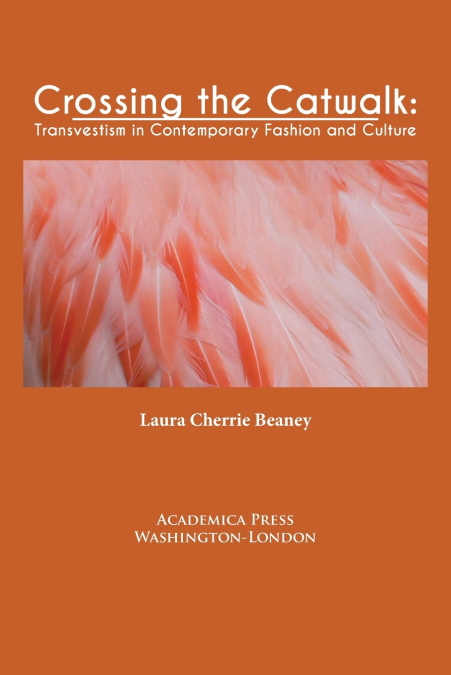
 Librería Desdémona
Librería Desdémona
 Librería Samer Atenea
Librería Samer Atenea
 Librería Aciertas (Toledo)
Librería Aciertas (Toledo)
 Kálamo Books
Kálamo Books
 Librería Perelló (Valencia)
Librería Perelló (Valencia)
 Librería Elías (Asturias)
Librería Elías (Asturias)
 Donde los libros
Donde los libros
 Librería Kolima (Madrid)
Librería Kolima (Madrid)
 Librería Proteo (Málaga)
Librería Proteo (Málaga)
In the 1930s, Freud observed that 'when you meet a human being, the first distinction you make is ’male or female?’ and you are accustomed to make the distinction with unhesitating certainty.' As Freud suggests, society is divisible by gender. We are taken to be either 'male' or 'female.' This notion seems to be fixed within our culture and is often unquestioned. In this dynamic book, fashion journalist Laura Cherrie Beaney examines gender as a concept and as a practice that is also challenged and contested in the fashion industry. While gender has been relatively fixed within our society, we are nevertheless entertained by 'gender bending.' The media and entertainment industries now represent a range of gender identities. As much as it is a cultural phenomenon, gender is also an individual practice. Social theorists describe some individuals as 'gender outlaws' for actively choosing to blend and shape their own gender identities. Fashionable clothing makes multiple statements about the wearer. It can identify social status and tell the viewer, 'This is the type of person I am.' In contemporary culture, fashion designers, stylists, photographers, and other media professionals have been fascinated with the idea of gender and its ever-changing boundaries. In recent years, the fashion industry has also focused on ideas of unisex identity and androgyny. Indeed, the fashion industry seems to afford a decadent sense of power to alternative gender identities. Fashion designers and stylists have been inspired by alternative gender identities when creating images and when showcasing their designs.